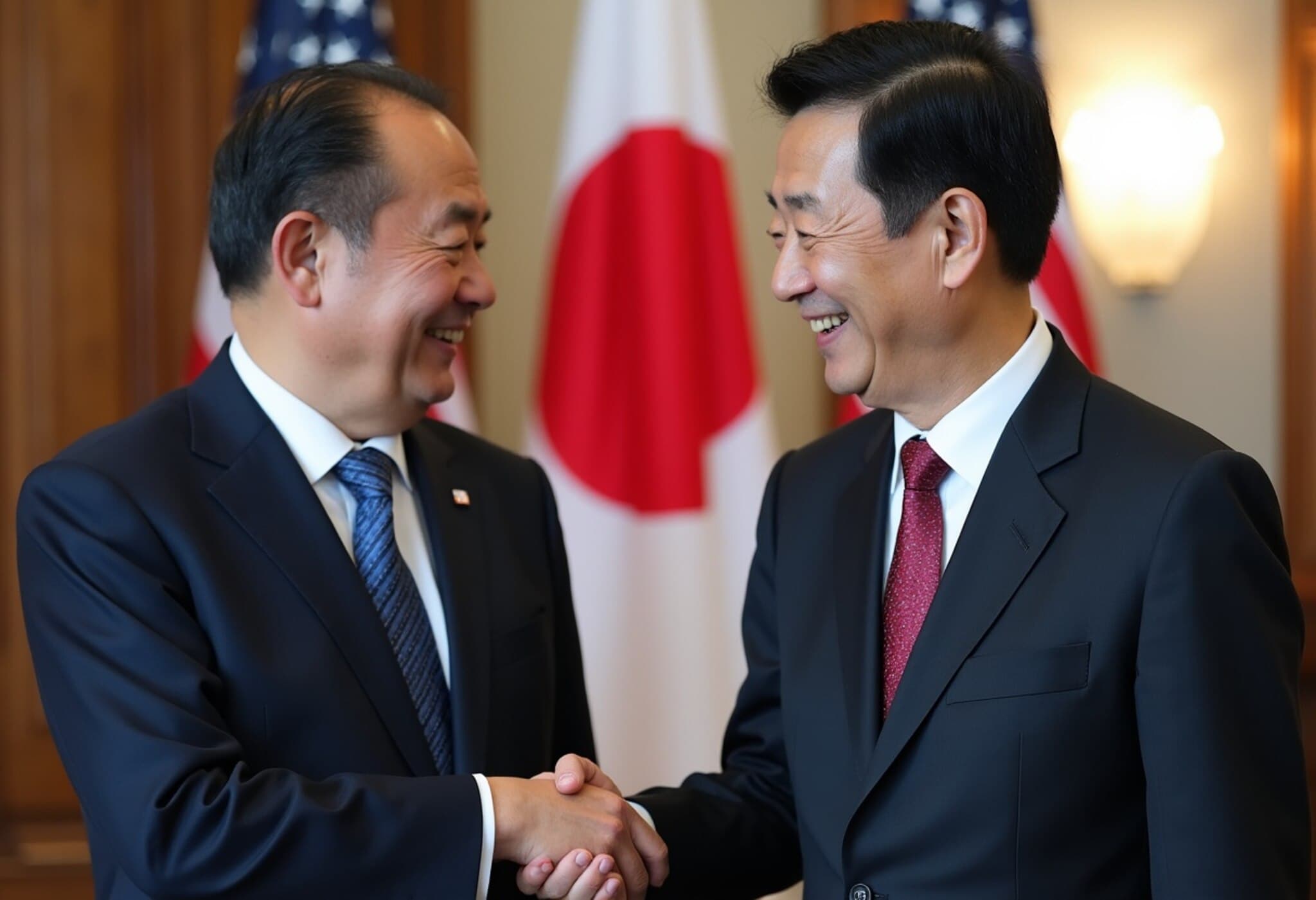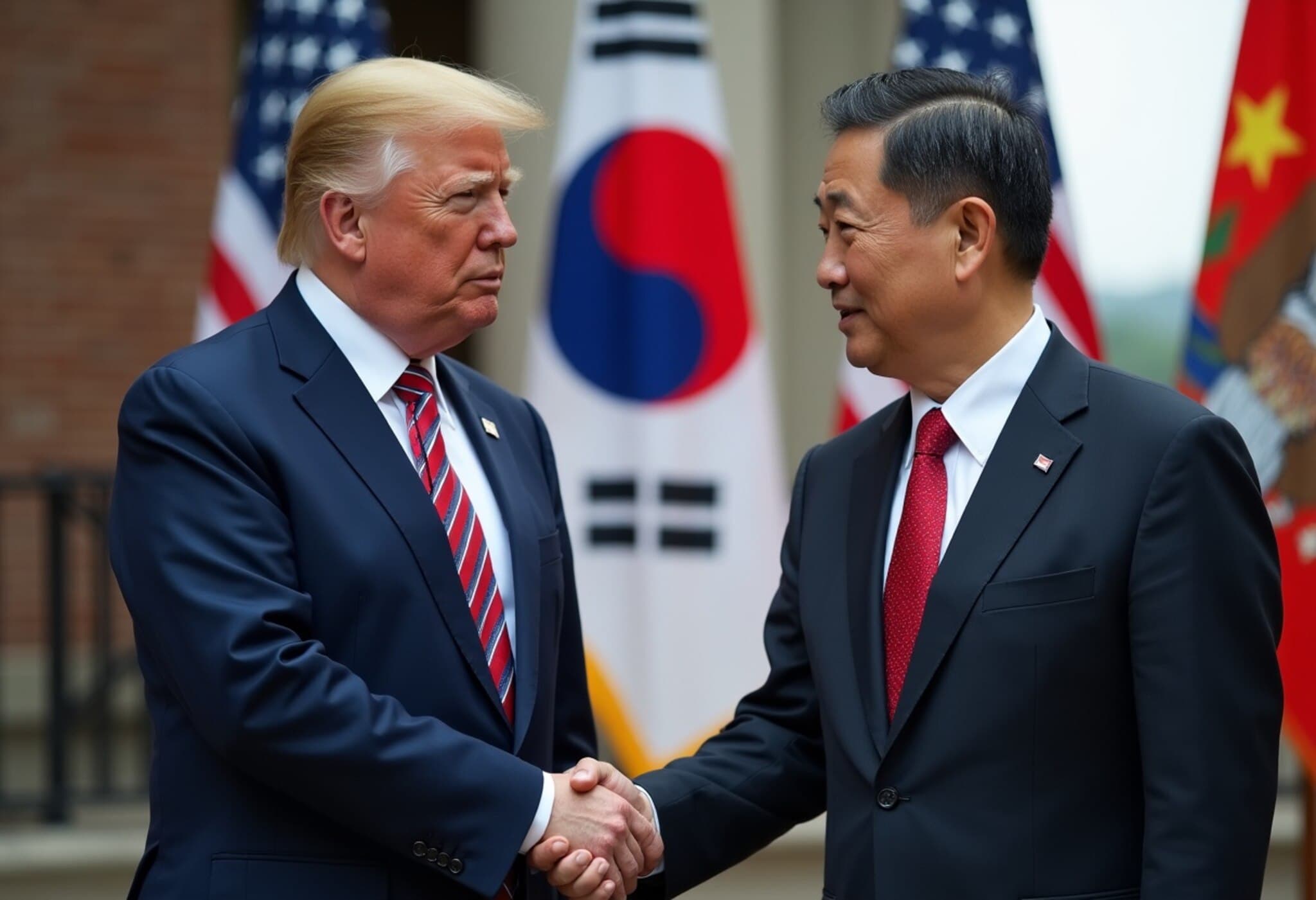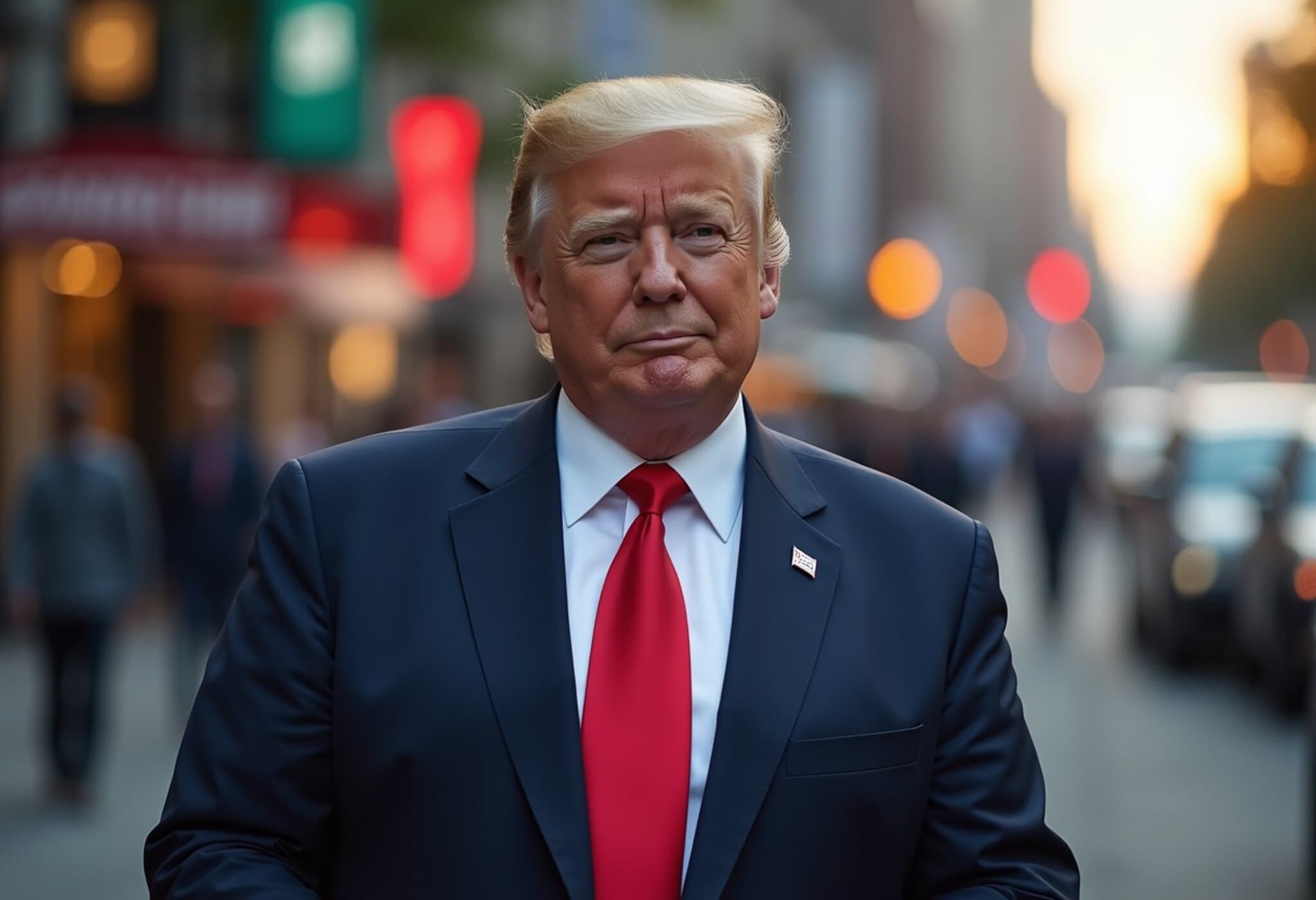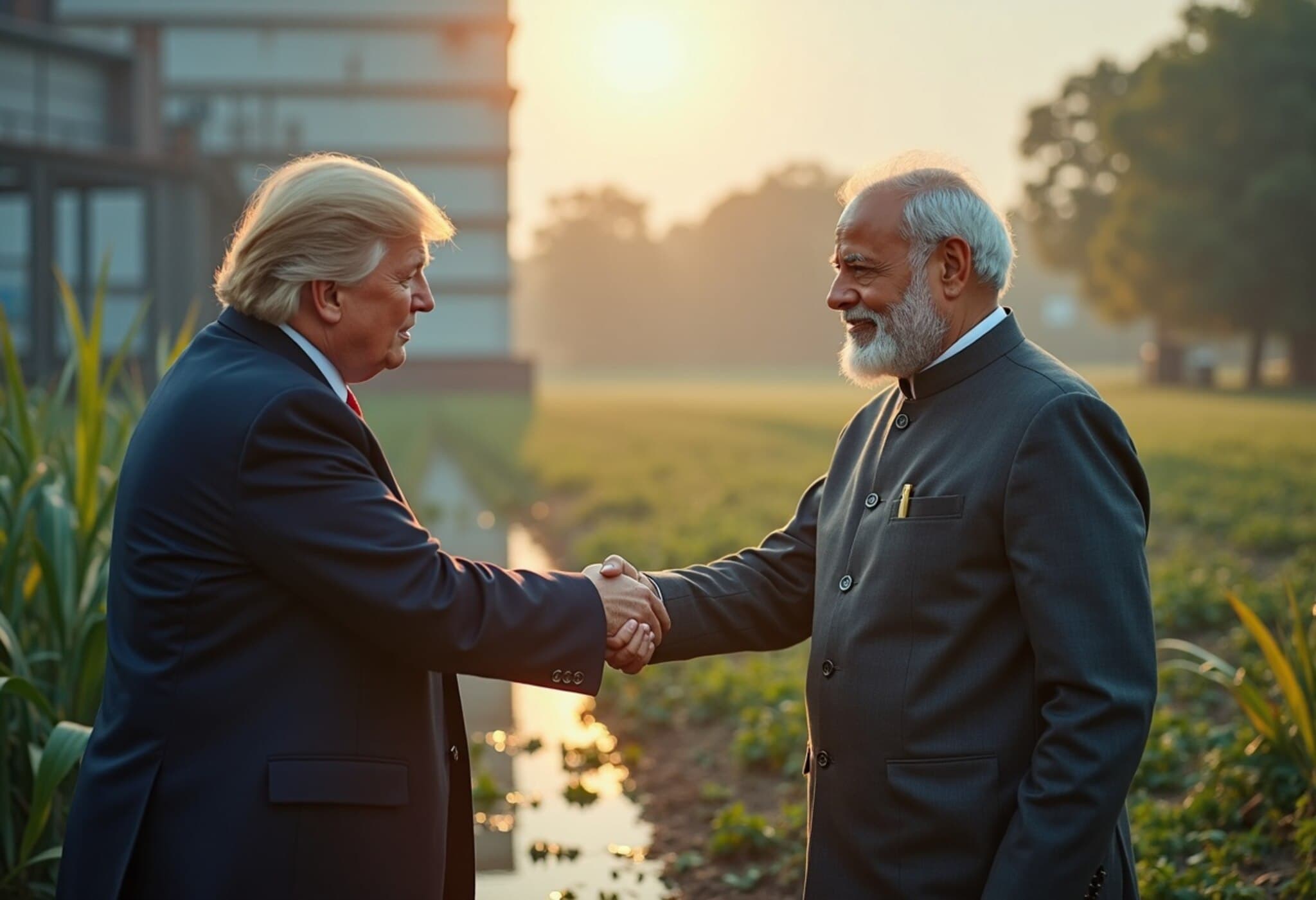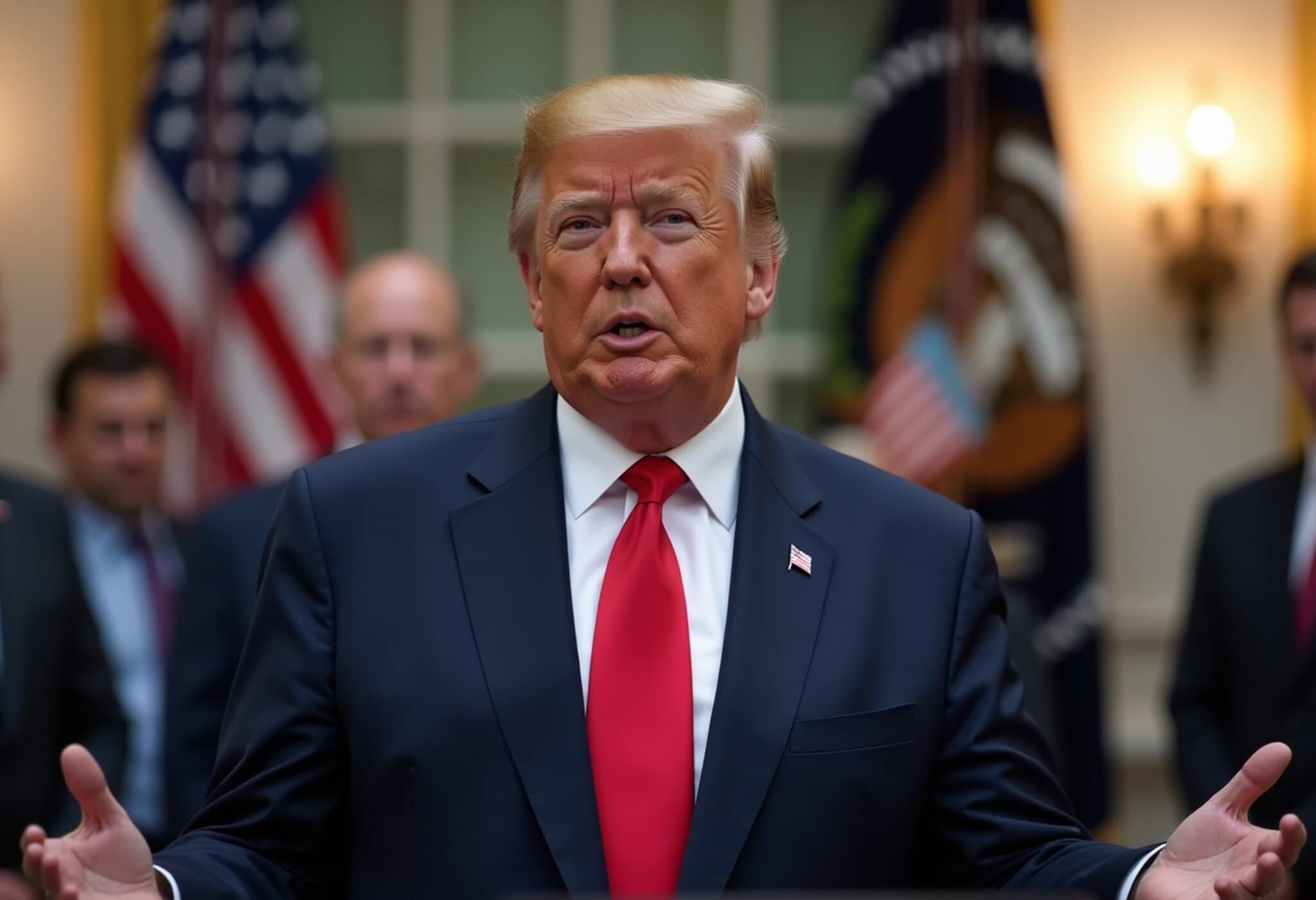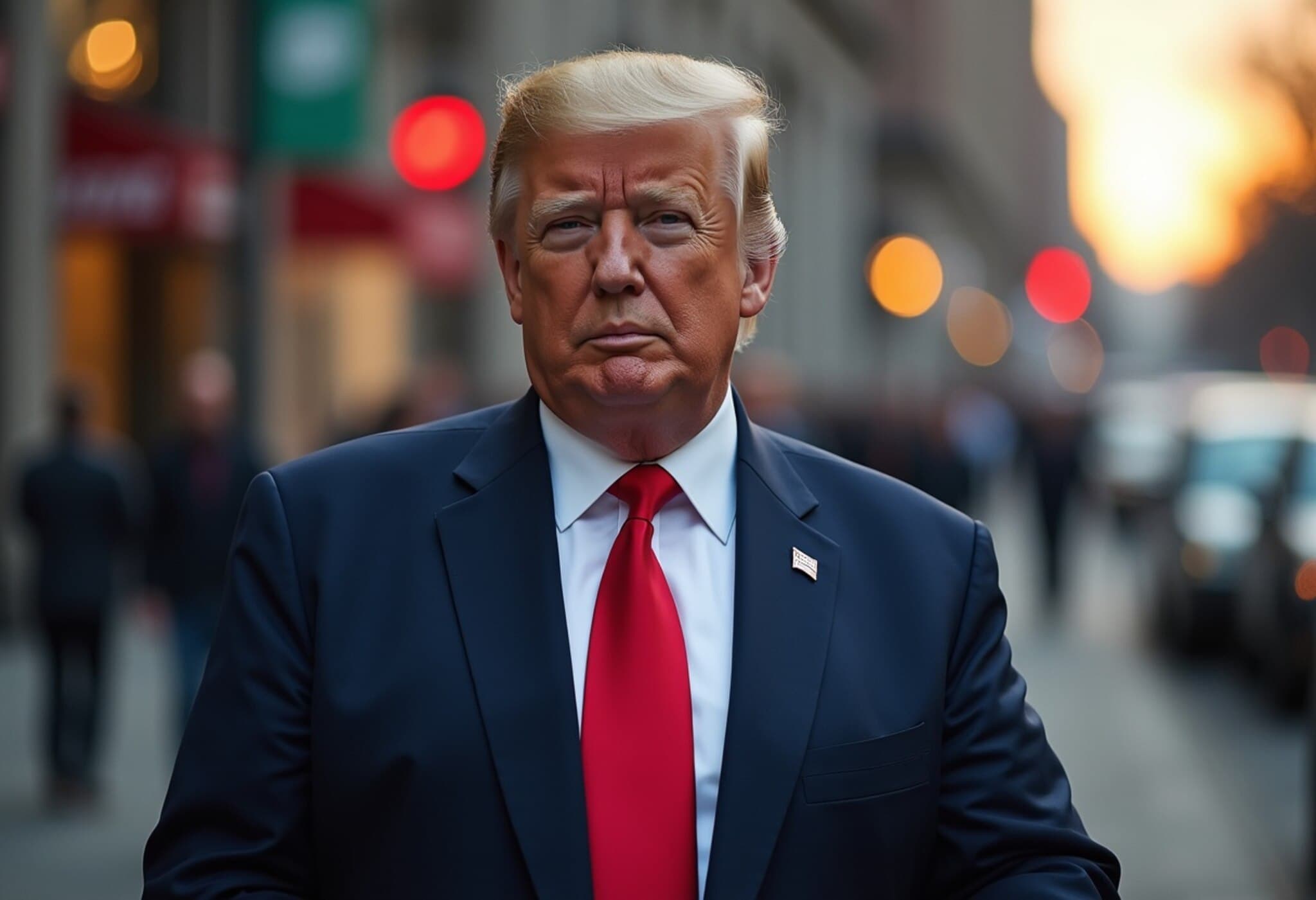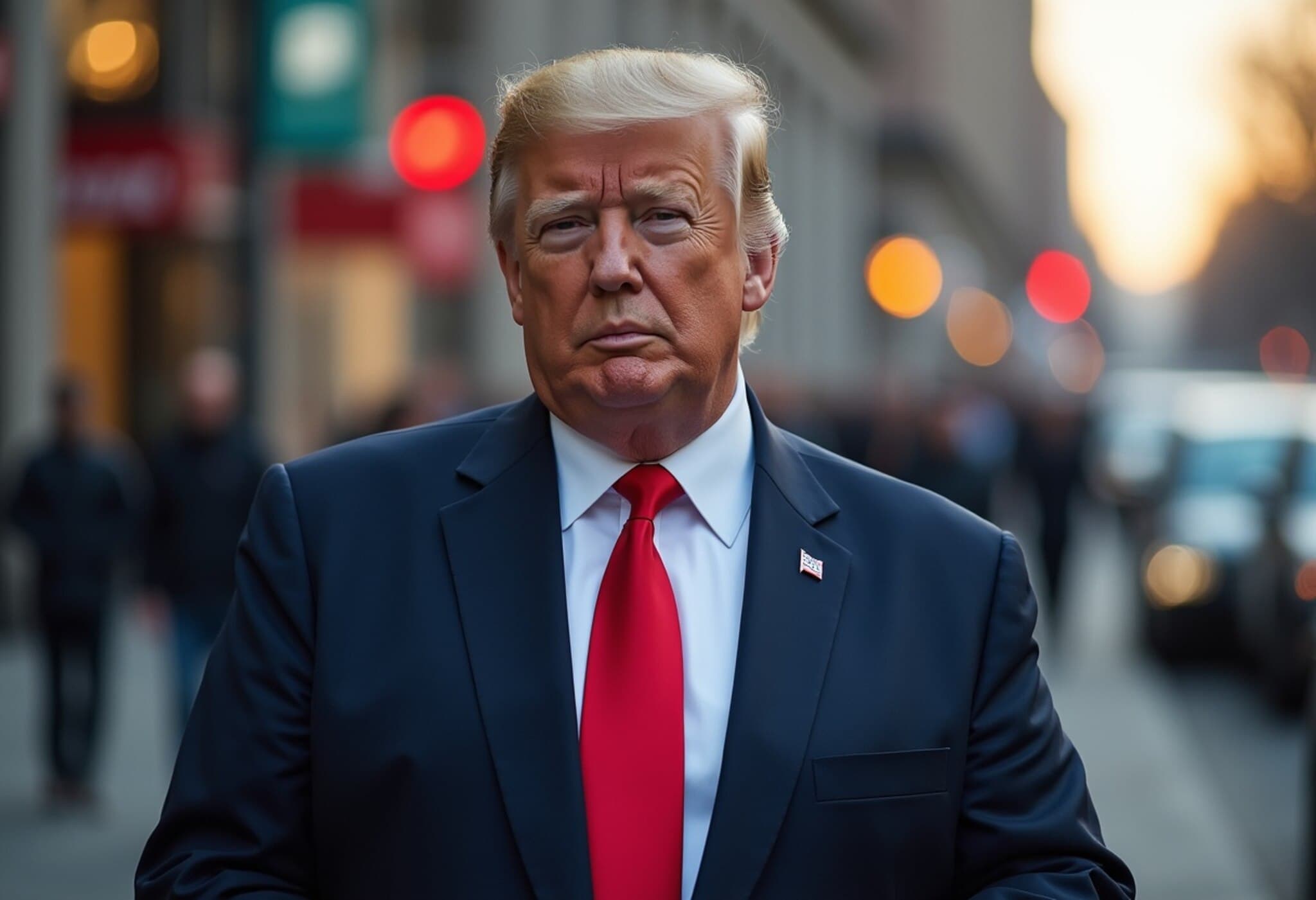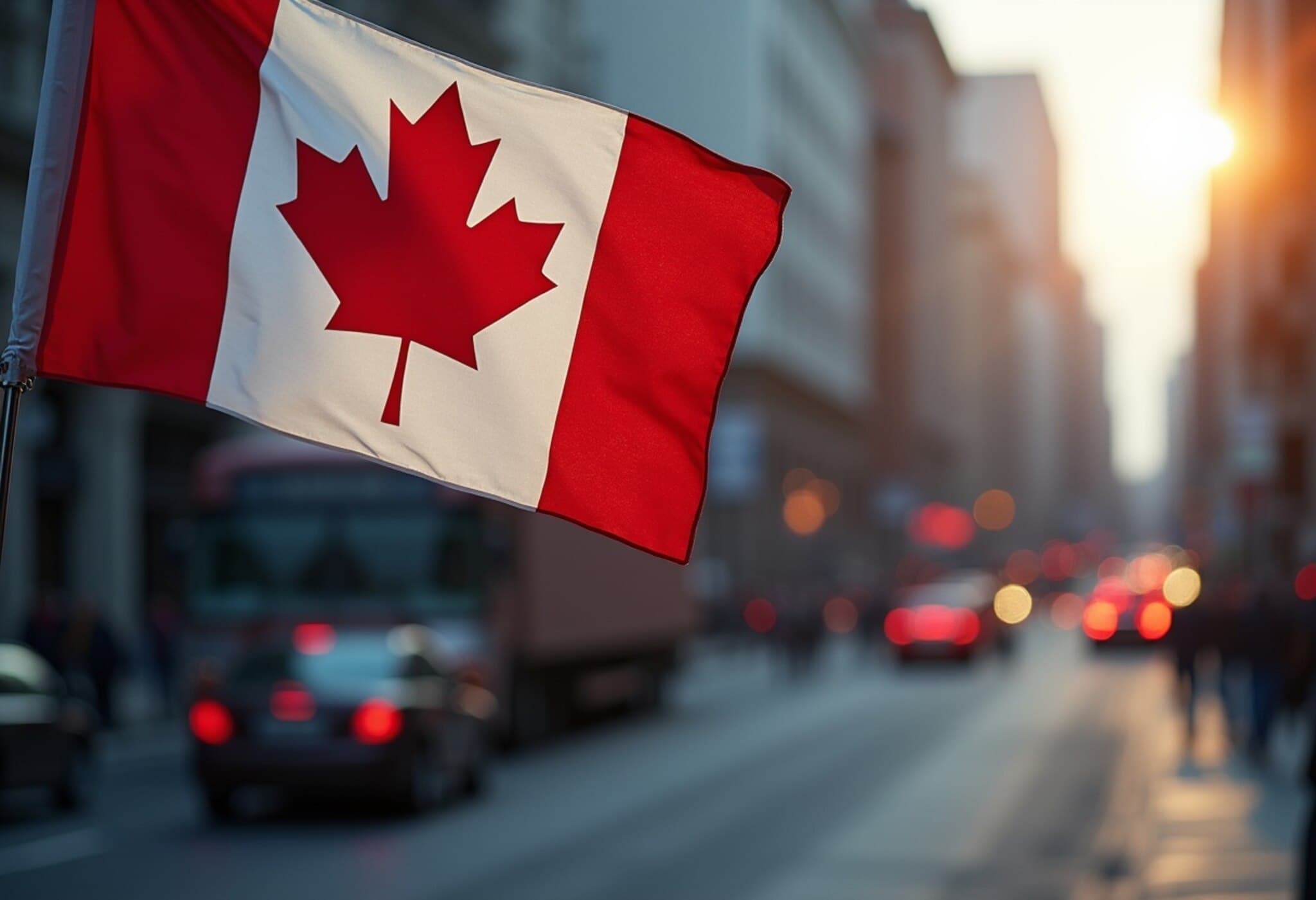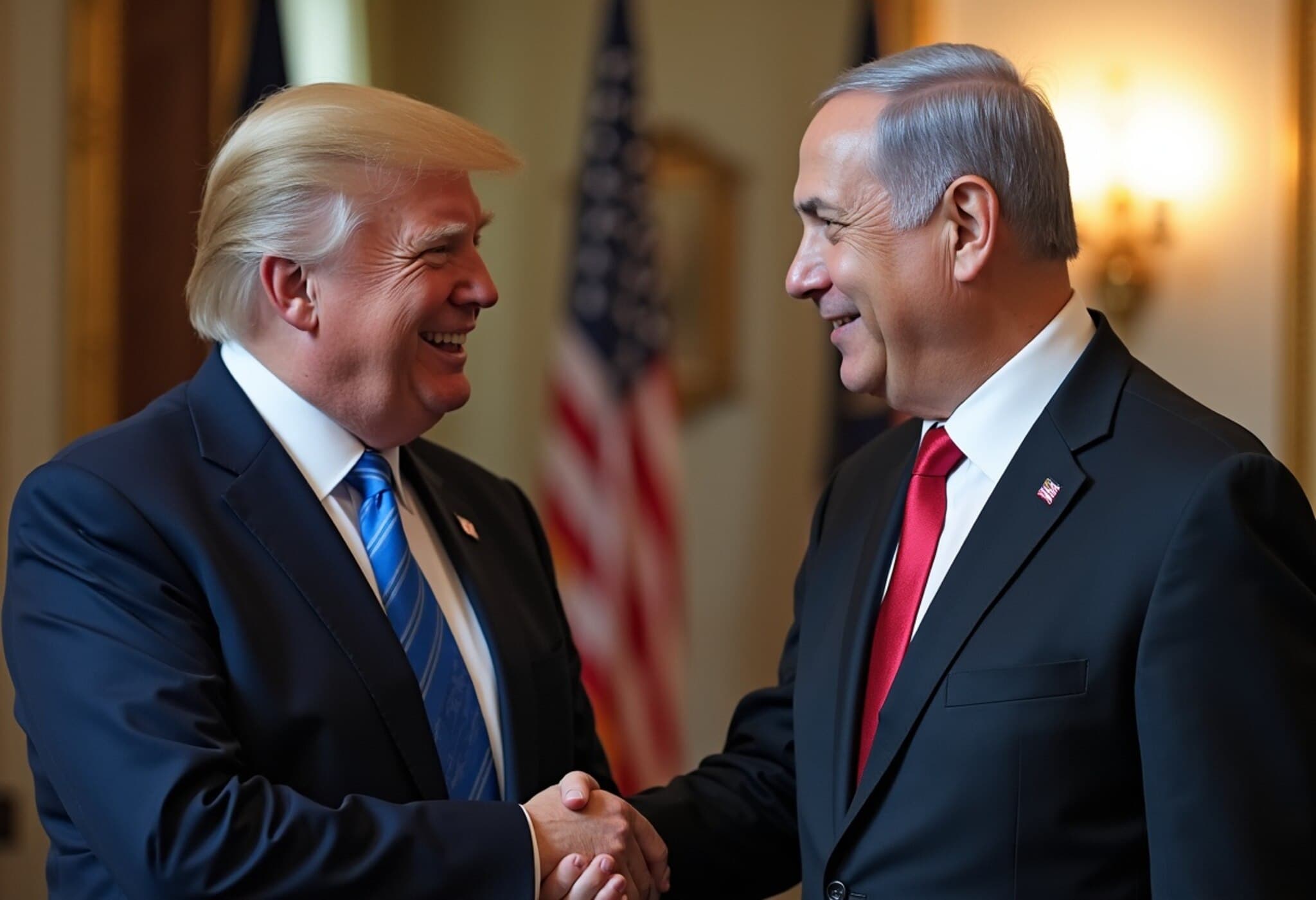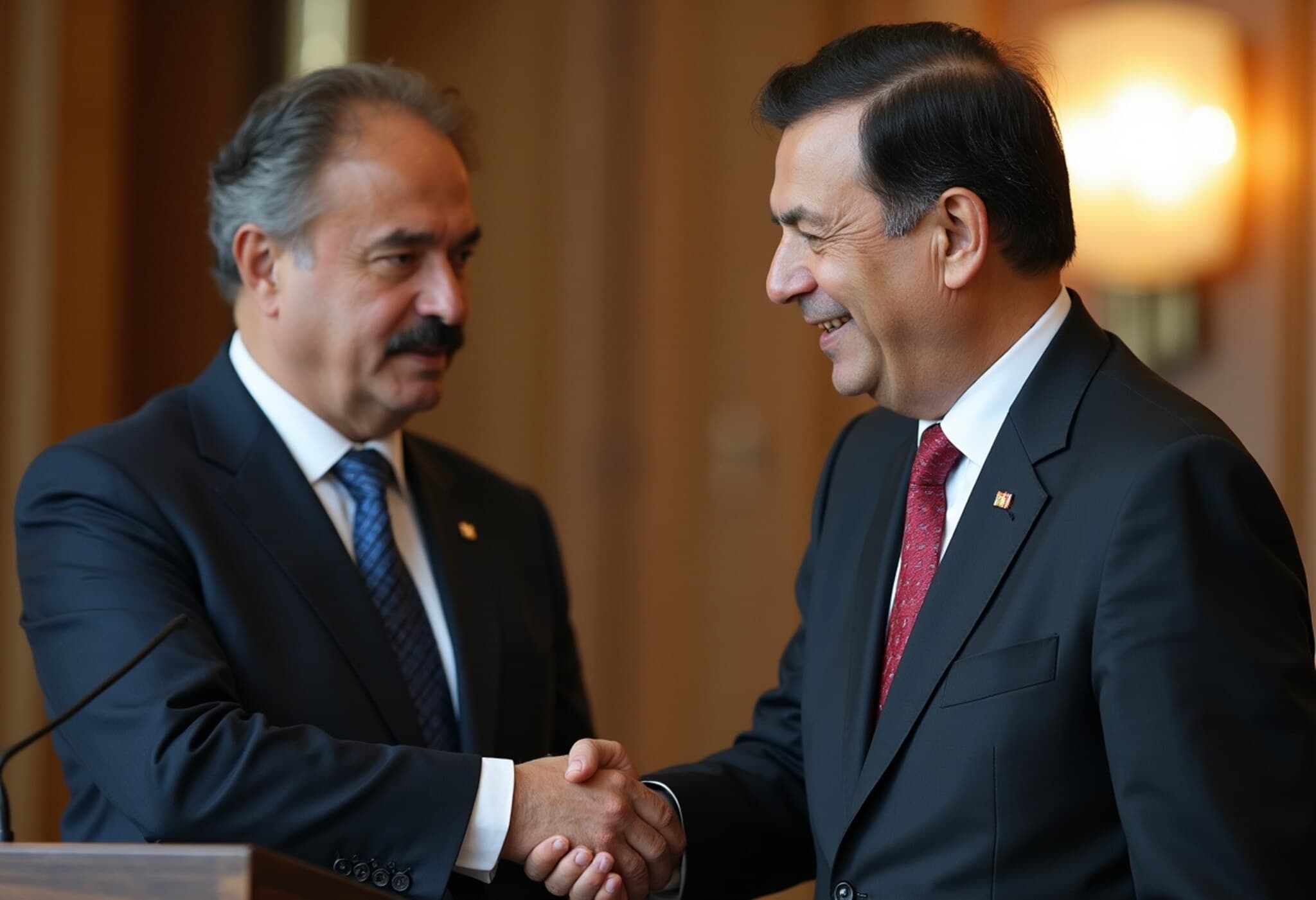Trump-Japan Tariff Agreement Faces Fresh Setback
In a surprising turn of events, Japan's chief trade negotiator Ryosei Akazawa abruptly canceled his planned visit to Washington, D.C., on Thursday. This development adds a new hurdle to the efforts to finalize a significant $550 billion investment package tied to tariff relief between the United States and Japan.
Background: The July Agreement
Earlier in July, Washington and Tokyo reached a preliminary accord: the U.S. would impose a reduced 15% tariff on Japanese imports, including automobiles, in exchange for a large-scale Japanese investment into the American economy. The investment package is backed by Japanese government loans and guarantees, marking a complex mix of trade concessions and capital flows. Yet, despite the headline figures, key details such as the division of investment returns remain unclear and contentious.
Conflicting Narratives on Investment Benefits
While former President Trump has promoted this deal as "our money to invest," claiming the U.S. would retain about 90% of profits generated, Japanese officials have underscored the need for investments that create mutual benefits rather than being one-sided. This division spotlights deeper questions:
- What safeguards exist to balance the economic interests of both countries?
- How will returns be allocated given the intertwined nature of cross-border investments?
- Could this precedent influence future U.S.-Japan or broader Asia-Pacific trade relations?
Reasons Behind the Trip Cancellation
Japan's government spokesperson, Yoshimasa Hayashi, explained that "points that need to be discussed at the administrative level during coordination with the American side" caused the cancellation. The last-minute pullout indicates unresolved administrative or technical issues requiring further negotiation before commitments are formalized.
U.S. Commerce Secretary Howard Lutnick had anticipated an announcement this week regarding Japanese investment, but the diplomatic impasse has delayed clarity.
Tariff Nuances and Pending Executive Orders
A significant sticking point revolves around the overlapping tariffs on Japanese goods. Japan is pressing the U.S. administration to amend the July 31 presidential executive order that imposed a 15% tariff broadly, to prevent this levy from compounding on higher tariffs for products like Japanese beef.
Moreover, the U.S. has signaled plans for a further executive order to reduce tariffs on Japanese automobiles from 27.5% down to 15%, but the timeline remains unspecified.
Hayashi has emphasized the urgency, stating, "We are strongly requesting measures to amend the presidential order concerning mutual tariffs as soon as possible, and to issue a presidential order to reduce tariffs on auto parts." These tariff complexities underscore the challenge of aligning economic policies across two sovereign nations with distinct industrial priorities.
Economic Ripples: Japanese Exports and Growth Outlook
Japan’s export figures revealed a sharp downturn, posting the largest monthly export decline in four years in July, primarily due to falling shipments to the U.S. This drop is widely attributed to the burden of tariffs disrupting supply chains and increasing costs.
The economic implications are tangible: earlier in August, Japan revised its annual growth projection downwards, from 1.2% to 0.7%, a sobering indicator of tariffs’ real-world impact on trade-driven economies.
Looking Ahead: What’s Next for U.S.-Japan Trade Talks?
Sources close to the negotiations suggest Akazawa might resume his Washington trip as soon as next week, pending resolution of outstanding issues. However, the delay reflects deeper questions about trade diplomacy in a mercurial geopolitical climate.
Experts caution that the evolving trade discussions pose broader implications for U.S.-Japan relations amid shifting global supply chains, technological competition, and strategic alliances in the Indo-Pacific region.
Expert Insight
Dr. Emily Tanaka, an expert in international trade policy at Georgetown University, notes, "This episode highlights not just transactional difficulties but the strategic recalibration both countries are navigating. The balance between protecting domestic industries and fostering cooperative investment is delicate, especially under political pressures on both sides."
Moreover, the ongoing tariff negotiations ignite debate about the efficacy of tariffs as economic tools in an increasingly integrated global market. Are tariffs a blunt instrument that ultimately harms both producer and consumer? Or can finely tuned agreements like this one truly foster economic growth and mutual prosperity?
Summary
- Japan’s trade negotiator canceled a last-minute trip to the U.S., delaying a pivotal tariff-investment deal.
- Trade talks hinge on tariff adjustments, investment returns, and mutual economic benefits.
- Japan’s export decline and lowered growth forecast highlight tariffs’ economic impact.
- Resolution timing remains uncertain amid broader strategic considerations in U.S.-Japan relations.
Editor’s Note
As the U.S. and Japan navigate this complex negotiation, the stakes extend beyond tariffs and investments. This stalled agreement exemplifies the tightrope walk of modern trade diplomacy—balancing national interests, global interdependence, and political realities. Observers should watch closely how these talks evolve, as their outcomes may set precedents for future bilateral and multilateral trade frameworks.

